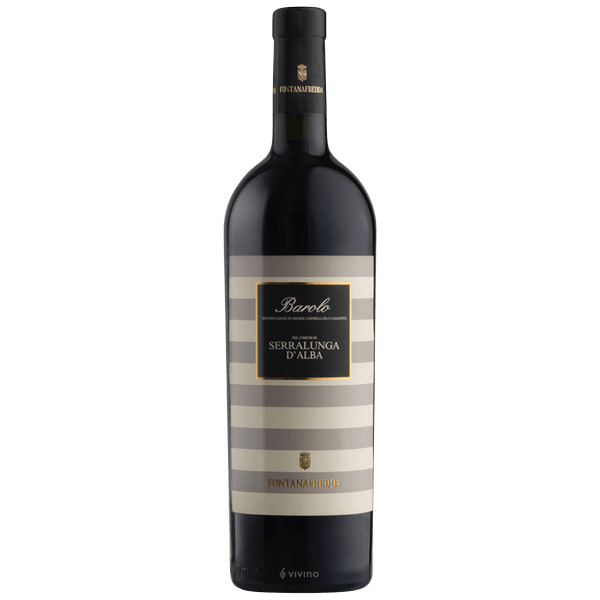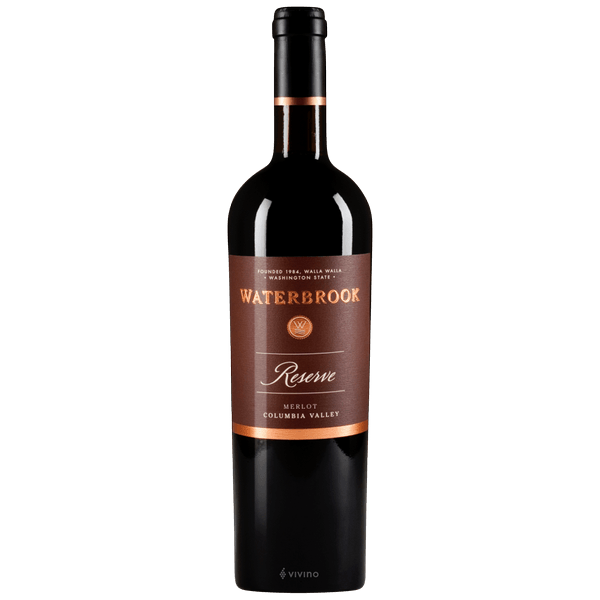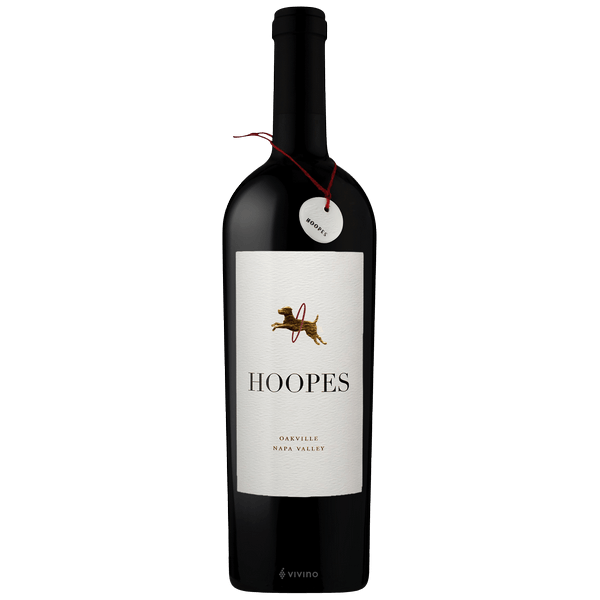-
×
 2022 Christophe Pacalet Chenas 750ML
1 × $27.99
2022 Christophe Pacalet Chenas 750ML
1 × $27.99 -
×
 2020 Chateau Ferran Pessac-Leognan Blanc 750ML
1 × $21.99
2020 Chateau Ferran Pessac-Leognan Blanc 750ML
1 × $21.99 -
×
 Domaine Frederic Lambert Cremant Du Jura Brut 750ML
1 × $27.99
Domaine Frederic Lambert Cremant Du Jura Brut 750ML
1 × $27.99
2014 Fontanafredda Barolo Serralunga D’Alba
2014 Fontanafredda Barolo Serralunga D’Alba The nose is juicy and upfront, with stylish red fruits. A sleek attack leads into a silky but concentrated palate, with ripe tannins and good weight of fruit. It’s solid but not too extracted, with a firm mid-palate and no lack of structure. It’s a touch fluid on the finish, but not faded or dilute. Quite long.
92 James Suckling: A Barolo that shows black truffles, wet earth, dried rose petals, cedar and orange rind. Full body, a tightly knit tannin structure, vivid acidity and a grainy finish. Stylish.
Nebbiolo
Nebbiolo is the grape variety behind the top-quality red wines of Piedmont, northwestern Italy, the most notable of which are Barolo and Barbaresco. The most searched-for Nebbiolo wine on our database is currently Giacomo Conterno Monfortino Barolo Riserva.
Nebbiolo wines are distinguished by their strong tannins, high acidity and distinctive scent – often described as “tar and roses”. A less obvious characteristic, visible only over time, is their tendency to lose color. Within just a few years of vintage, most Nebbiolo wines begin fading from deep, violet-tinged ruby to a beautiful brick orange.
Nebbiolo is the quintessential Piedmontese wine grape – the dominant variety in five of the region’s DOCGs and numerous DOCs (see Italian Wine Labels). Even its name evokes the region’s foothills on cool autumn mornings, when the valleys and vineyards lie hidden under a ghostly blanket of nebbia (fog). The name is very apt for this late-ripening variety, which is harvested later in the year than Piedmont’s other key varieties (Barbera and particularly Dolcetto), in foggy, wintry weather conditions.
Powerful, intense Barolo is the most famous and prestigious Nebbiolo-based wine, but it is increasingly rivaled by the slightly more elegant and perfumed wines from Barbaresco to the northeast, which rose to prominence in the late 20th Century.
Wines from just outside the borders of Barolo and Barbaresco may be classified as Langhe Nebbiolo, as may wines from young vines or less favored plots within these two famous appellations. The high-quality red wines of Roero, just across the Tanaro river from Barolo, are further affordable alternatives to Barolo and Barbaresco. Here, Nebbiolo’s austerity and tannins was often softened with a splash of Barolo Bianco – a local nickname for white Arneis – though the practice, while still legal, is rare nowadays.
Related products
$21.00
2019 Umani Ronchi San Lorenzo Rosso Conero 2019 Umani Ronchi San Lorenzo Rosso Conero Has a brilliant ruby red color with garnet tints. The nose is sweet, predominantly fruity, with typical notes of morello cherry. Rich and pulpy in the mouth, flavourful and pleasantly harmonious, with silky tannins. The long finish is austere and intensely [...]
 2022 Christophe Pacalet Chenas 750ML
2022 Christophe Pacalet Chenas 750ML  2020 Chateau Ferran Pessac-Leognan Blanc 750ML
2020 Chateau Ferran Pessac-Leognan Blanc 750ML 

